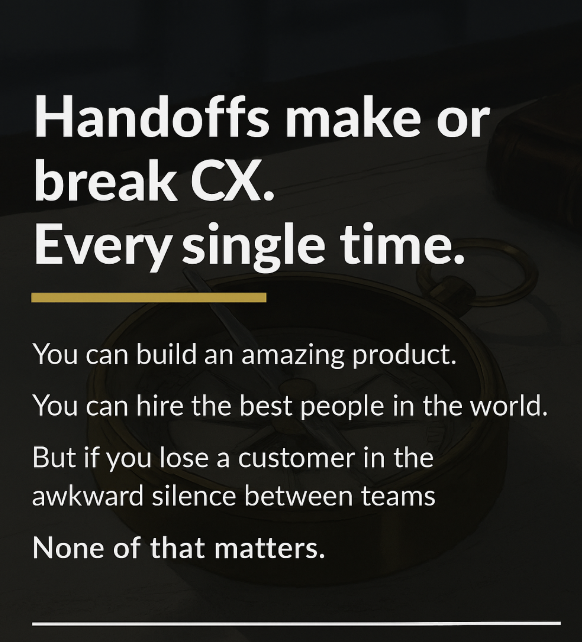Churn Isn’t Unpredictable—You’re Just Not Spotting the Signals
- Johan Gedde
- May 29
- 2 min read
5 Leading Indicators of Drop-Off You Can Track Today

❌ Most Teams React to Churn—After It’s Too Late
Churn doesn’t happen overnight.
It builds—quietly—through ignored behaviors, overlooked milestones, and delayed engagement.
By the time most teams see the red flags—health scores dropping, ghosting customers, and usage collapse—it’s already a fire drill.
You're not guiding success. You’re trying to save it.
🎯 5 Early Signals That Predict Churn Before It Hits
Here’s what we track before renewal is at risk—and how we build systems that respond proactively:
1️⃣ Milestone Stagnation
What to watch for: Customers stop progressing through adoption milestones.
Why it matters: If they’re not completing core milestones, they’re not gaining value. And value delay = churn risk.
Solution: Trigger milestone reset guidance, personalized enablement, or success-plan realignment.
2️⃣ Engagement Drop
What to watch for: A sudden dip in usage depth, frequency, or variety.
Why it matters: This is the behavioral equivalent of customer silence—it usually means loss of interest or friction.
Solution: Use AI and behavior analytics to identify patterns, then trigger contextual nudges based on milestone velocity.
3️⃣ Responsiveness Decline
What to watch for: Customers take longer to respond to CSMs, skip check-ins, or cancel sessions.
Why it matters: This signals early disengagement, often before usage visibly drops.
Solution: Escalate the touchpoint strategy—move to executive alignment or outcome-based messaging to reestablish relevance.
4️⃣ Support Spike
What to watch for: A sharp increase in support tickets, especially around key onboarding or feature areas.
Why it matters: Frustration builds before disengagement. This signal is often overlooked.
Solution: Use AI-enhanced monitoring to alert CS teams and trigger coaching, workarounds, or deeper engagement with Product.
5️⃣ Value Drift
What to watch for: Customer activity diverges from their original use case or defined goals.
Why it matters: Misalignment is one of the biggest drivers of churn—when customers don’t see your product helping them win, they move on.
Solution: Re-align goals through milestone check-ins and success recap touchpoints that validate progress and map future wins.
✅ What Happens When You Act on These Signals?
When your system listens and responds to real churn signals:
🟢 Adoption stays consistent
🔁 Retention becomes more predictable
📈 Expansion becomes easier to forecast
You stop managing churn—and start engineering loyalty.
🔎 Your Turn
What’s the earliest churn signal you’ve spotted in your top-performing CS programs?
Let’s compare notes.
✅ Follow me on LinkedIn for execution-first Customer Success systems





Comments